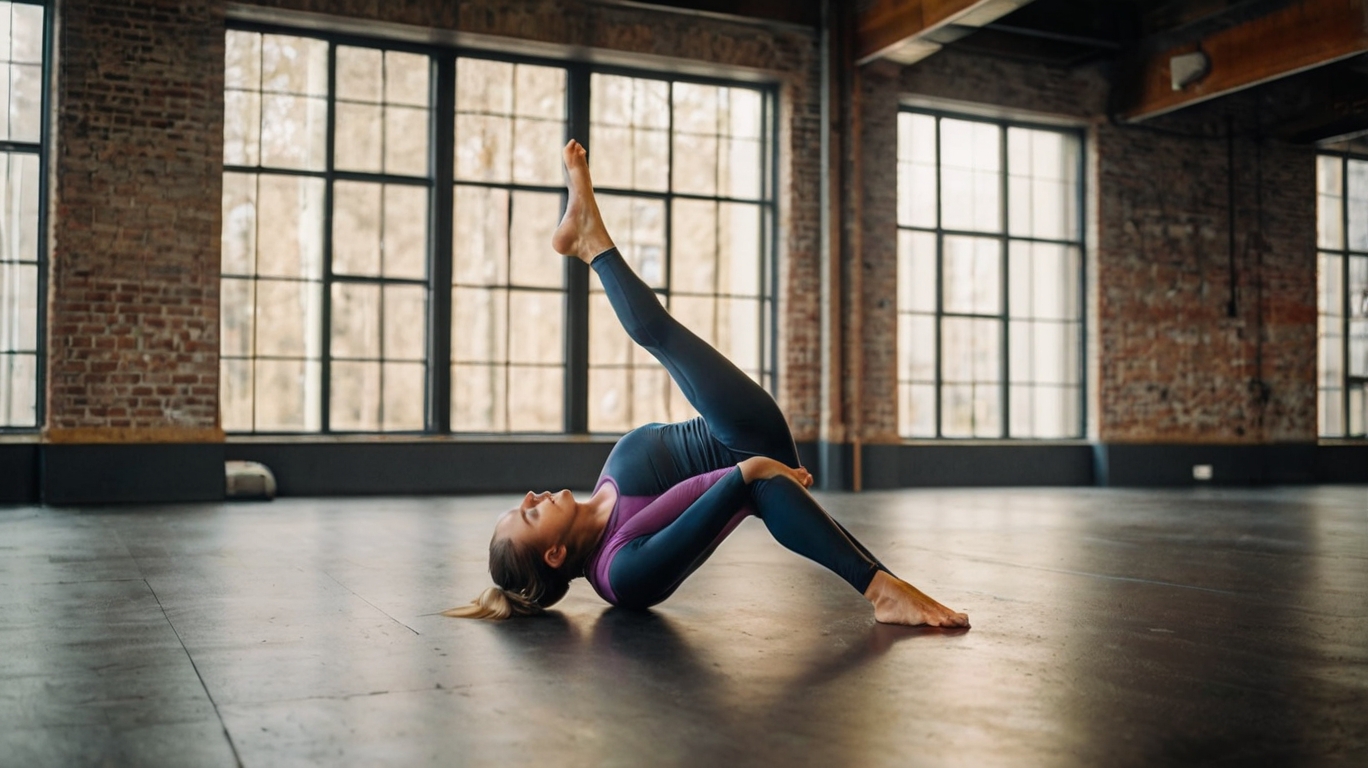Flexibility exercises for improved mobility
Flexibility Exercises for Improved Mobility
Introduction
Flexibility exercises are essential for maintaining optimal mobility and overall physical health. Whether you are an athlete looking to enhance your performance or someone seeking to improve daily movement, incorporating flexibility routines into your regimen can yield significant benefits. This article will explore the importance of flexibility, provide a variety of exercises designed to enhance mobility, and offer tips for effective stretching.
What Are Flexibility Exercises?
Flexibility exercises involve stretching the muscles and tendons to improve their elasticity and range of motion. These exercises can take many forms, including static stretching, dynamic stretching, and PNF (proprioceptive neuromuscular facilitation) stretching.
Benefits of Flexibility Exercises

- Enhanced Range of Motion: Regular flexibility training increases your joints’ ability to move freely, promoting better performance in physical activities.
- Injury Prevention: Improved flexibility helps reduce the risk of injuries by ensuring that muscles and joints can handle various movements.
- Reduced Muscle Soreness: Stretching after workouts can alleviate muscle tightness and soreness, aiding recovery.
- Better Posture: Flexibility exercises help correct imbalances in muscle length and strength, contributing to improved posture.
- Increased Blood Circulation: Stretching stimulates blood flow to the muscles, delivering essential nutrients and aiding recovery.
- Stress Relief: Stretching can promote relaxation and reduce stress, enhancing overall well-being.
Top Flexibility Exercises for Improved Mobility
1. Hamstring Stretch
How to Do It:
- Sit on the floor with your legs extended in front of you.
- Slowly reach towards your toes while keeping your back straight.
- Hold the position for 15-30 seconds and breathe deeply.
Benefits: This stretch targets the hamstrings, improving flexibility in the lower back and legs.
2. Hip Flexor Stretch
How to Do It:
- Start in a lunge position with your right foot forward and your left knee on the ground.
- Push your hips forward while keeping your back straight.
- Hold for 15-30 seconds and switch sides.
Benefits: This stretch helps alleviate tightness in the hip flexors, which can improve hip mobility.
3. Cat-Cow Stretch

How to Do It:
- Begin on all fours with your wrists under your shoulders and knees under your hips.
- Inhale and arch your back (Cat position), then exhale and round your back (Cow position).
- Repeat for 30 seconds.
Benefits: This dynamic stretch promotes spinal flexibility and helps relieve tension in the back.
4. Child’s Pose
How to Do It:
- Kneel on the floor, then sit back on your heels.
- Stretch your arms forward and lower your chest to the ground.
- Hold for 30 seconds and breathe deeply.
Benefits: This pose stretches the back, hips, and thighs, promoting relaxation and flexibility.
5. Shoulder Stretch
How to Do It:
- Stand or sit tall, then bring your right arm across your chest.
- Use your left arm to gently pull your right arm closer to your chest.
- Hold for 15-30 seconds and switch sides.
Benefits: This stretch improves flexibility in the shoulders, reducing tension and enhancing upper body mobility.
6. Standing Quadriceps Stretch
How to Do It:
- Stand tall and grab your right ankle with your right hand.
- Pull your heel towards your glutes, keeping your knees together.
- Hold for 15-30 seconds and switch sides.
Benefits: This stretch targets the quadriceps, enhancing flexibility in the front of the thighs.
7. Spinal Twist
How to Do It:
- Sit on the floor with your legs extended.
- Bend your right knee and place your right foot outside your left knee.
- Twist your torso to the right, using your left elbow against your right knee for leverage.
- Hold for 15-30 seconds and switch sides.
Benefits: This stretch improves spinal flexibility and can help relieve tension in the back.
8. Lateral Side Stretch
How to Do It:
- Stand with your feet shoulder-width apart.
- Raise your right arm overhead and lean to the left side.
- Hold for 15-30 seconds and switch sides.
Benefits: This stretch targets the obliques and promotes flexibility in the sides of the torso.
Tips for Effective Stretching

- Warm-Up First: Always warm up your muscles before stretching. A light cardio session (like walking or jogging) can help.
- Breathe Deeply: Focus on your breath while stretching. Deep, controlled breaths can enhance relaxation and effectiveness.
- Listen to Your Body: Never push yourself to the point of pain. Stretch until you feel a mild discomfort, not sharp pain.
- Consistency is Key: Aim to incorporate flexibility exercises into your routine at least 2-3 times per week for optimal results.
- Stay Hydrated: Proper hydration helps maintain muscle elasticity and overall performance.
Incorporating Flexibility Exercises into Your Routine
Sample Weekly Flexibility Routine
- Day 1: Hamstring Stretch, Hip Flexor Stretch, Shoulder Stretch
- Day 2: Cat-Cow Stretch, Child’s Pose, Lateral Side Stretch
- Day 3: Standing Quadriceps Stretch, Spinal Twist, Hip Flexor Stretch
- Day 4: Rest or light yoga
- Day 5: Repeat Day 1
- Day 6: Repeat Day 2
- Day 7: Rest or light walking
Conclusion
Flexibility exercises play a crucial role in improving mobility and enhancing overall physical health. By incorporating a variety of stretches into your routine, you can enjoy numerous benefits, including increased range of motion, reduced risk of injury, and improved posture. Start small, remain consistent, and prioritize flexibility as part of your fitness journey.
Call to Action
Begin integrating these flexibility exercises into your routine today and experience the profound benefits of improved mobility. Whether you’re an athlete or simply seeking to enhance your everyday movements, your body will thank you!






